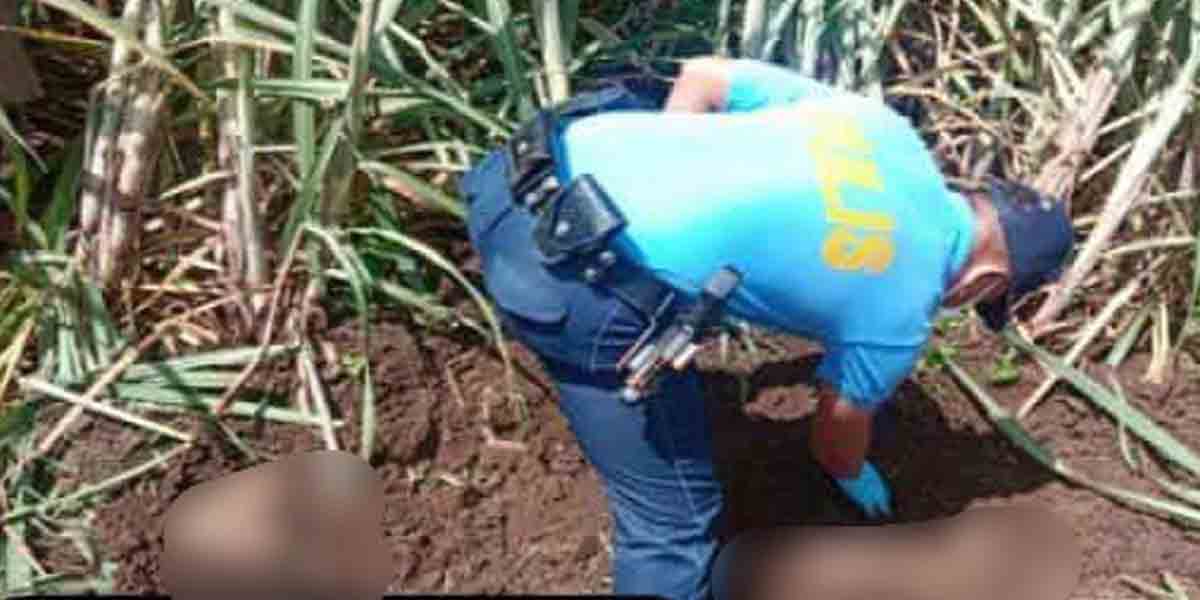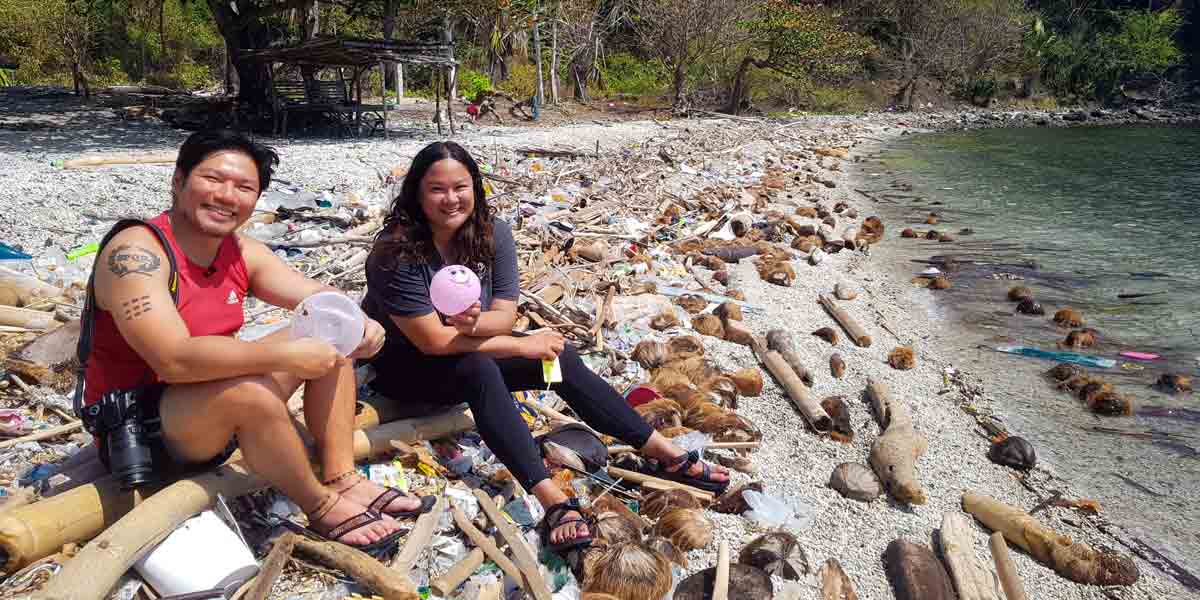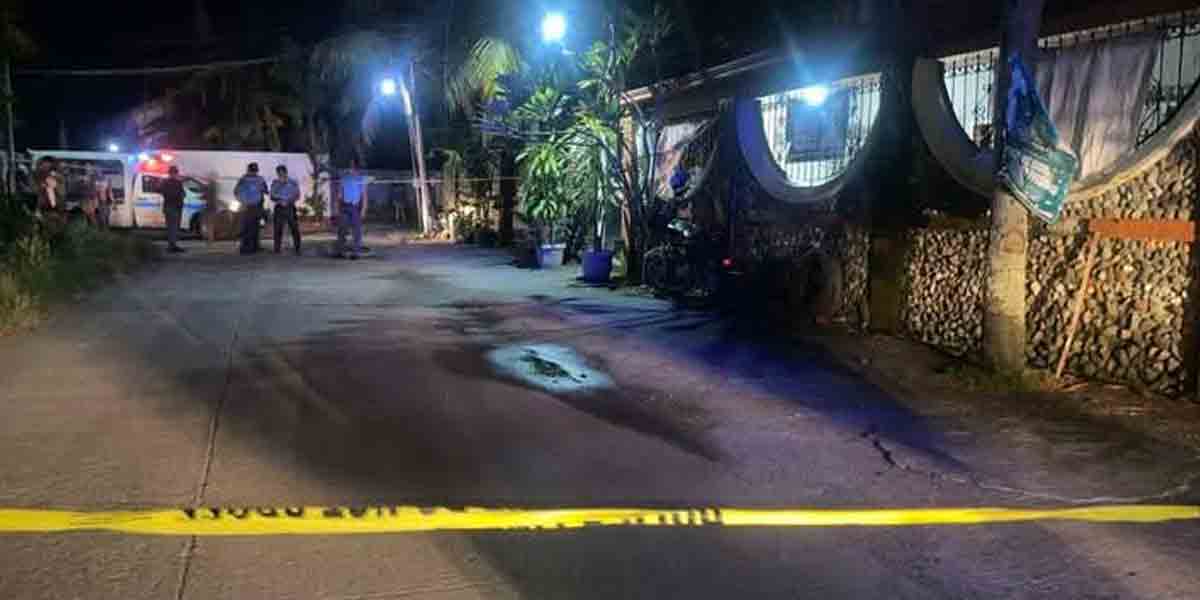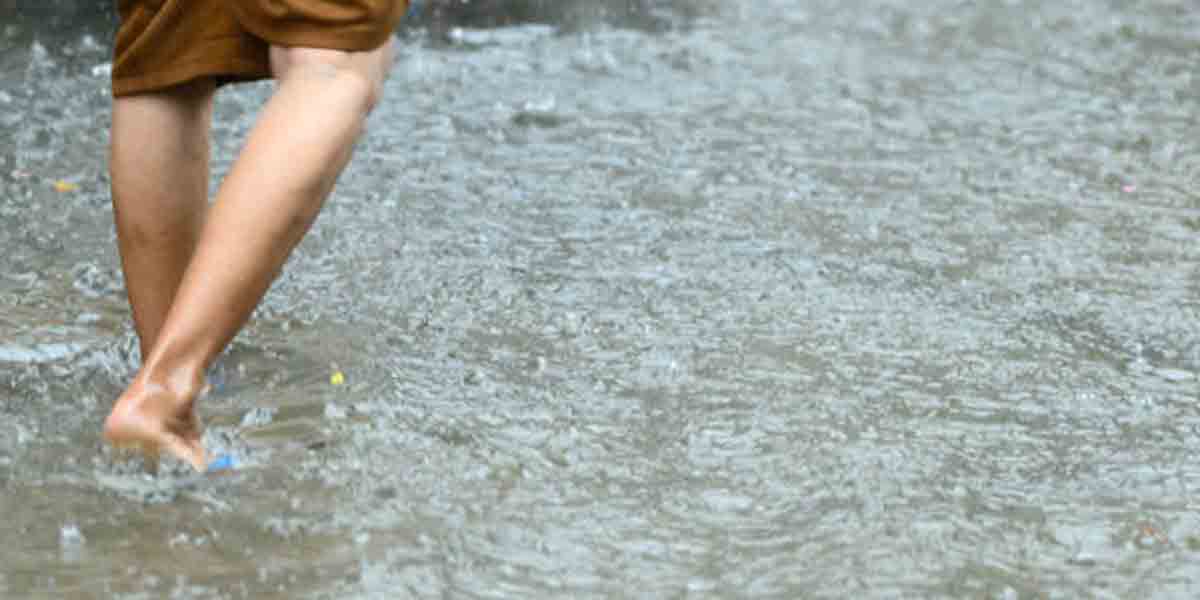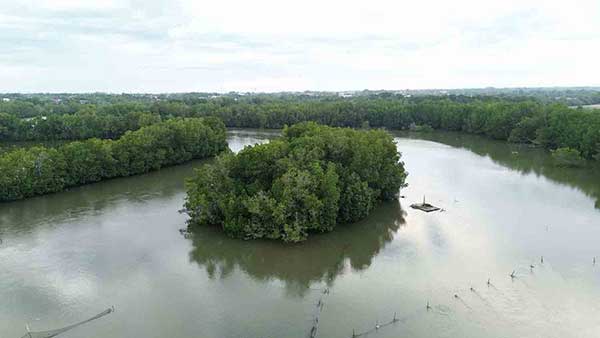
By Rjay Zuriaga Castor
In the heart of the bustling Iloilo City, lies Isla Verder — a small islet nestled within the Iloilo River, blanketed by mangroves, and teeming with life.
The islet, dubbed as “Iloilo’s green heart,” now stands on the brink of destruction as dredging activities loom over the city’s major waterway.
The Department of Public Works and Highways (DPWH) is set to carry out dredging operations in the Iloilo River, a move that officials say is necessary for flood control and river maintenance.
However, for Iloilo residents and environmental advocates, the plan raises red flags.
“Isla Verde isn’t just land. It’s a living part of Barangay Navais. It’s a sanctuary — for herons, for wildlife, for history. This islet has been here longer than any of us. It’s not an obstacle. It’s heritage,” said Facebook page LpuKids Ibike and Ipaddle, who first sounded the alarm.
“It may not be on every map, but it lives in our memory and daily life. We know it. We see it. We care about it,” it added.
Concerned residents and environmental groups have launched an online petition titled Stop the Industrial Destruction of Iloilo’s Green Heart. The petition calls for the following:
- Immediate suspension of any construction or agreement related to the proposed WtE facility near Isla Verde;
- Full disclosure and transparency on the WtE Joint Venture Agreement and its potential environmental impacts;
- Independent scientific environmental assessments by local experts and the DENR, with public access to results;
- Community-inclusive alternatives to waste management that do not endanger natural habitats;
- Permanent ecological protection status for Isla Verde as a critical urban sanctuary.
Supporters of the petition argue that dredging, combined with plans for industrial development like the ongoing construction of the WtE facility in La Paz, poses a serious threat to the ecological balance of the river and its adjacent communities.
An environment of its own
Isla Verde, a small islet with an area of over 220 meters, is located within the Iloilo River in Brgy. Sooc, Iloilo City.
It was formed naturally through the accumulation and stabilization of sediments facilitated by mangrove growth. The process involves the deposition of clay, silt, and sand carried by the river’s flow, which settles around the mangrove roots.
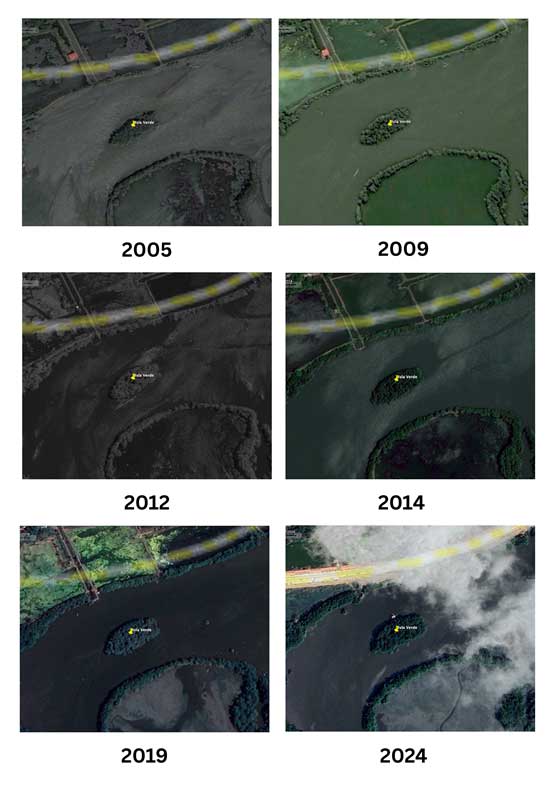
Over time, this sediment buildup creates a stable landmass that supports extensive mangrove forests, which include 23 of the country’s 32 true mangrove species—making it one of the most diverse mangrove areas in any highly urbanized setting in the Philippines.
Among the mangrove species found are Avicennia alba, Rhizophora apiculata (bakhaw lalaki), R. mucronata (bakhaw babae), and Sonneratia alba (pagatpat), which form unique habitats for species specially adapted to brackish water conditions.
The mangroves on Isla Verde provide crucial ecosystem services including coastal stabilization, water filtration, carbon sequestration, and habitat for fish and wildlife.
The mangroves themselves create a habitat for various specialized organisms adapted to the brackish water, including fish, crustaceans, and herons.
“Since there are mangroves […] the significance of the biodiversity index in the area is huge. There is an ecosystem in the area. It becomes part of the biodiversity in the area,” Engr. Neil Ravena, head of the Iloilo City General Services Office (GSO), told Daily Guardian on Monday, May 5.
The dredging plan
Dredging in the Iloilo River is a routine activity conducted by the DPWH to manage sedimentation.
“The drainage system is very important to the river. If the river is silted, it will cause flooding. The river will be maintained by the DWH to accommodate the water,” he said on Monday, May 5.
Ravena further explained that as sediments transported by saltation settle downstream or on floodplains during overbank flows, they can raise the riverbed level, reducing the channel’s capacity to hold water and increasing the likelihood of flooding.
He noted the river’s estuarine nature, shaped by the interaction of tidal flows and freshwater, also leads to erosion and sediment deposition.
Amid growing concerns, the Iloilo City Government convened a meeting with stakeholders including the DPWH, Department of Environment and Natural Resources, Environmental Management Bureau, City Environment and Natural Resources Office, and mangrove experts.
“The stakeholders proposed that they can retain it even though it has an ecosystem. It’s not just flora, mangroves, but rather flora and fauna,” he said.
“There are crabs, there are birds in the area. So they proposed that they don’t just keep it, they preserve it and protect the islet,” he added.
Citing statements from the experts, Ravena said the average width of the Iloilo River waterway is 200 meters.
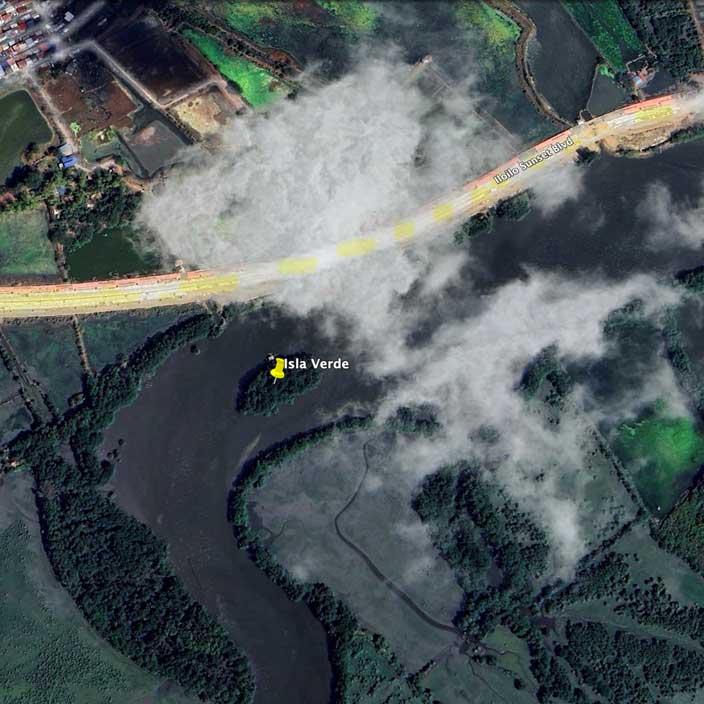
To prevent flooding, the presence of the islet should not impede the water flow, and the combined width of waterways around the islet should maintain the 200-meter average.
“The depth of the water should also be maintained and dredged regularly. This will ensure that the volume of water can be accommodated in the area,” he added.
Ravena said there was only a verbal consensus among stakeholders to preserve and protect the area from industrial disruption.
Science-based decision
“Our decision should be science-based,” Ravena emphasized on why the city government have called for a meeting with the experts.
Rex B. Sadaba, a professor in the Division of Biological Sciences at the University of the Philippines Visayas (UPV), said the islet is a critical ecological asset that warrants protection due to its multifaceted contributions to biodiversity, ecosystem stability, and climate resilience.
Sabada, who was a key person in the stakeholder’s meeting, specializes in marine science with a focus on mangrove ecology, taxonomy, and microbiology, particularly mangrove fungi.
“Isla Verde is not an obstacle but a cornerstone of the Iloilo River’s ecological integrity,” he said in a scientific brief.
“Its mangroves provide irreplaceable services—biodiversity conservation, carbon sequestration, flood mitigation, and water quality maintenance—that are critical for environmental sustainability and human well-being,” he added.
Sabada stressed that the destruction of the islet would result in significant biodiversity loss and trigger cascading ecological consequences for the Iloilo River system.
He added that the Isla Verde’s mangroves also act as a natural shield against extreme weather events, a role that’s increasingly vital as the city faces frequent typhoons and flooding.
The islet, he noted, helps reduce erosion, filters water pollutants, and sequesters carbon—functions critical to Iloilo’s climate resilience.
“Mangroves are highly effective carbon sinks, storing significant amounts of carbon in their biomass and soils, thus mitigating climate change,” he added.
Sadaba highlighted that embracing solutions that safeguard both ecological integrity and urban development is an opportunity for Iloilo to lead by example.
“Protecting Isla Verde is a powerful investment in Iloilo’s ecological resilience, cultural heritage, and sustainable future—one that every Ilonggo can take pride in,” he concluded.




